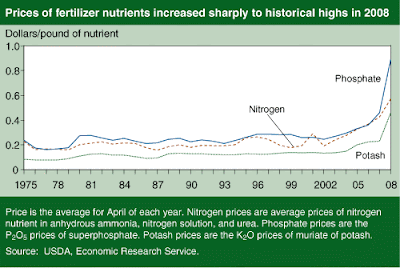My recent trip to Colorado (that I alluded to in my earlier post) started off under rather unusual circumstances. A normally short, 5-minute check-in process in the College Station airport turned into a half-hour-plus study in human behavior.
One airline ticket counter employee was having a particularly difficult time checking in a lady and her happy-go-lucky, bouncing young puppy dog who obviously had no idea what it had in store over the next several hours. The other ticker counter employee was handing the rest of us by herself and was doing an admirable job, IMHO, given that numerous folks attempted to take extra bags on the plane for free, or tried to carry on dresser-sized bags that obviously contained their entire wardrobe, or argued about the “size of liquids” rules, or were simply rude about having to wait a little longer than normal.
But the most interesting part of the entire debacle was seeing the various reactions of the folks in line and then hearing their (rather loud) account of the episode on the plane afterward.
You see, I happen to know the ticket counter lady who was handling the bulk of the folks standing in line and not only is she an incredibly nice and funny lady, but she has won numerous awards from the airline for her record of outstanding customer service that often goes way beyond the call of duty.
But if you had heard these folks that were discussing her performance on the plane afterward, you would have thought she was a incompetent, bumbling, ignorant rookie (and I am cleaning up their language significantly).
So I said to myself….. Self, there must be something to learn from all of this. So I started a list on my ticket stub:
- No matter how good you are, someone will always think that you can do better.
- You can’t please all of the people all of the time, so 100% satisfaction is probably a fallacy.
- Some customers need firing. They simply are not worth the hassle of doing business with them.
- A smile and a calm tone really is effective at reducing the sting of irate customers.
- Taking the high road is always the best route.
- You can’t train personality, but training can sure compensate for the lack of it.
- And lastly, pets shouldn’t fly.
I’m sure you can probably add to this list yourself. Feel free to do so in a comment!
By the way, when I interjected to the folks on the plane that my friend, the ticket counter lady, was an award-winning employee recognized numerous times for her outstanding customer service, they found a new target and I found myself practicing number 4 above!
Man, was I ready for 12,000 feet!


 It could be a lot worse. It
It could be a lot worse. It 